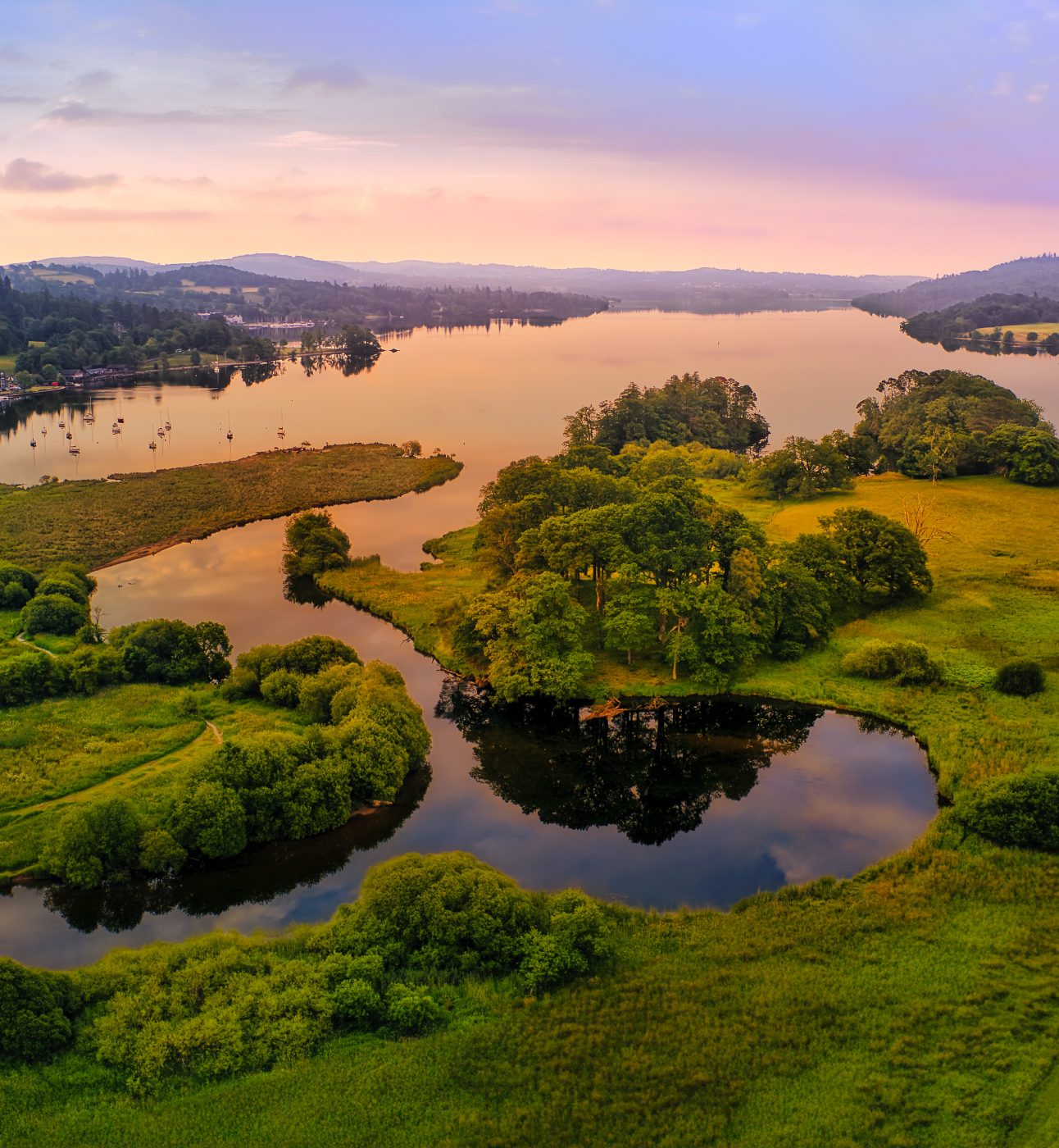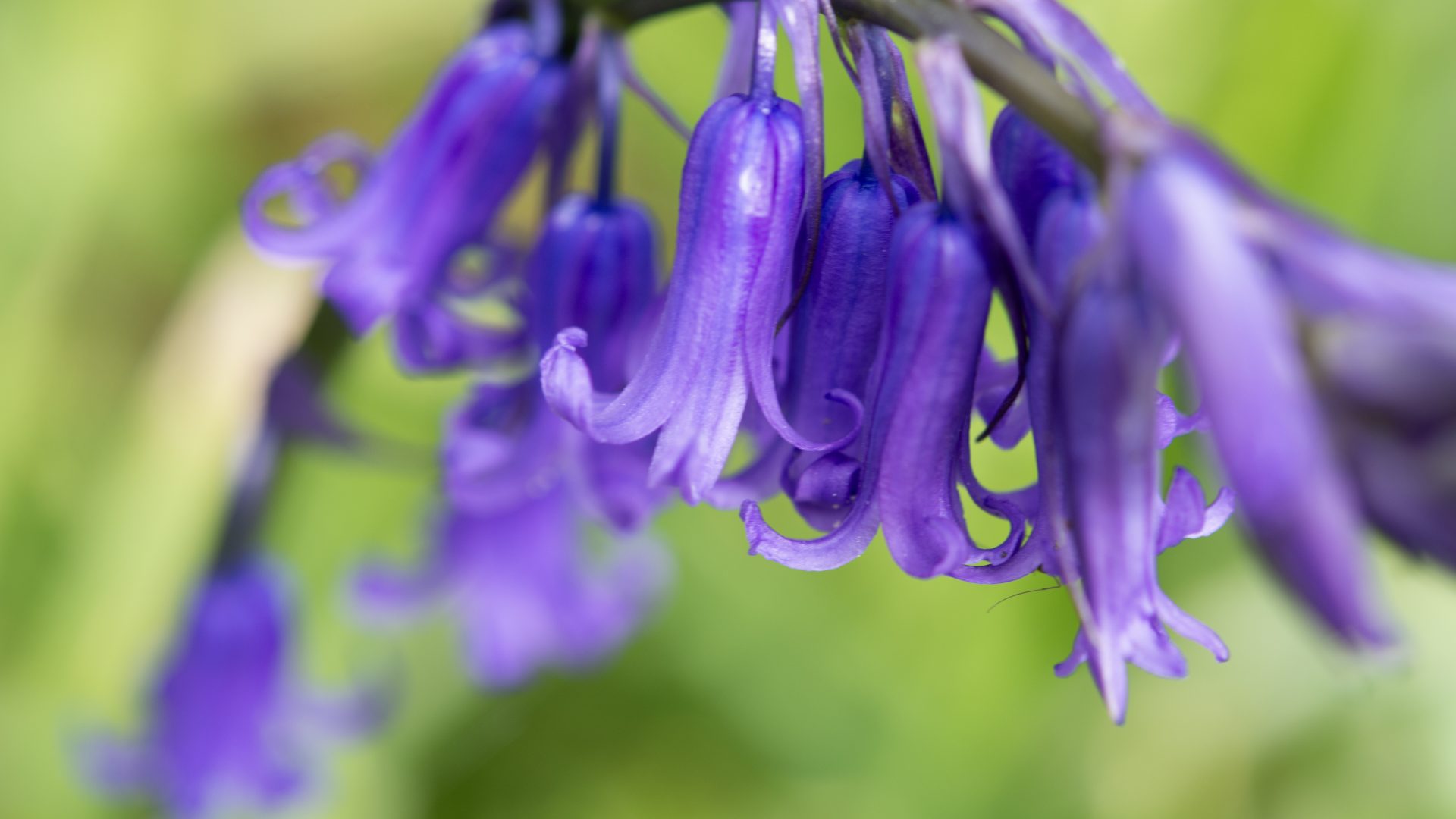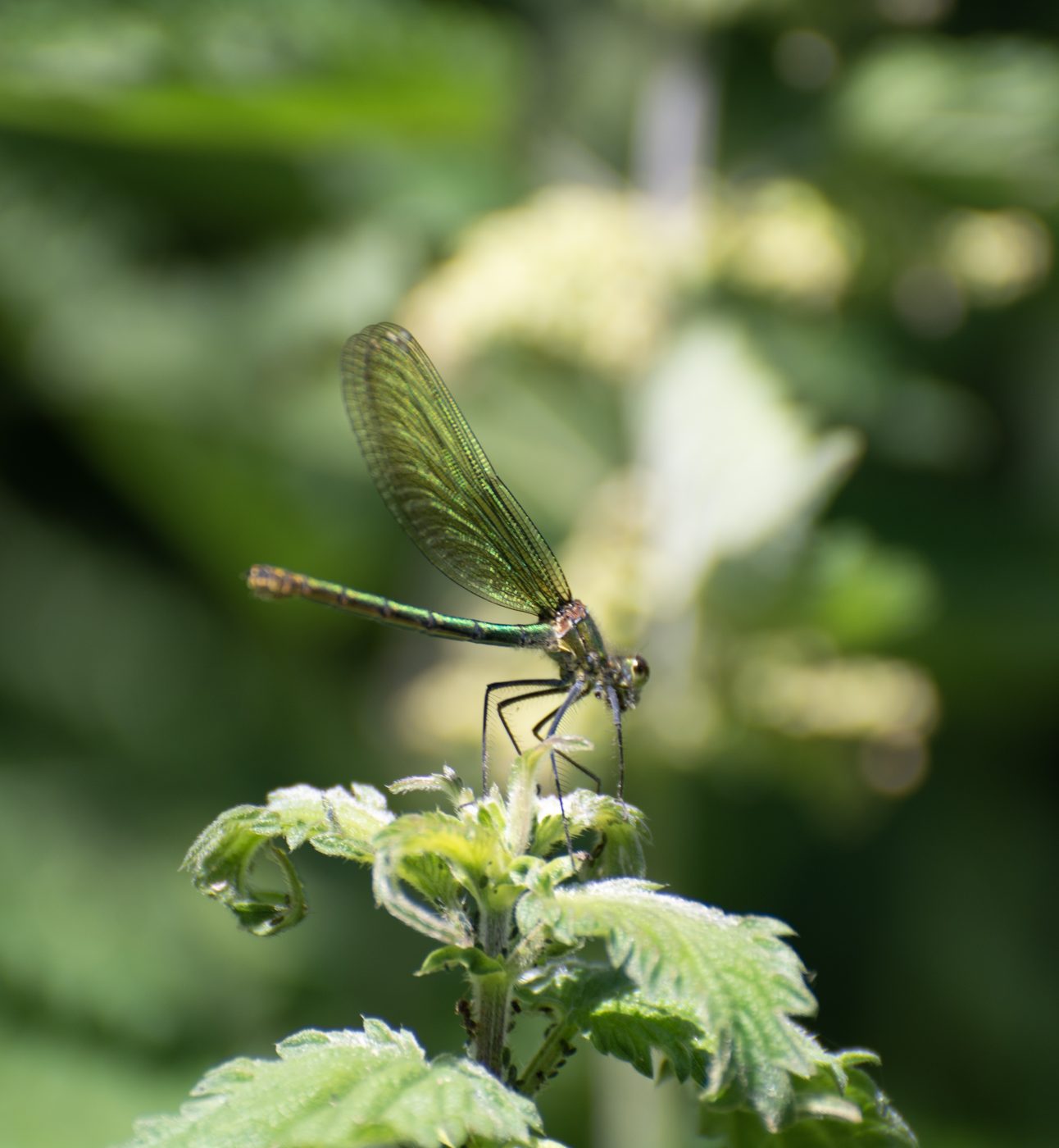Published: 30 April 2025
Summer is on the horizon; the bright blossom of flowers and buzz of insects are filling our days — but what else can you spot in National Parks at this time of year?
Here’s five top sights, sounds and smells to look out for on your next visit to a National Park.
1. Ring Ouzel
Now is a great time of year to see Ring Ouzels. Overwintering in north Africa, they arrive in the UK in mid-March, settling down for the breeding season in upland areas of Wales, southwest and northern England. Though a rare sight, you may hear their repeated plaintive call as you venture over moorland.
Where to spot: Dartmoor, Eryri, Yorkshire Dales. Areas of the North York Moors, the Lakes District, the Peak District.
Bonus: Late Spring is also a perfect time to see the Golden Plover, moving from the south to upland areas for Spring and Summer. Threatened by the decline of their peatland habitat, their keening cry remains a star spot in Parks in northern England
2. Emperor moths
Late spring is the season of moths and butterflies, wriggling out of their chrysalises and cocoons between March and June.
Britain’s only silk moth, the emperor is a particularly eye-catching member of the moth family. With brown and grey, their wings also feature eye-like circles that give them the appearance of a bird’s face when resting. The emperor moth is common across moorland, fens and heathland in both upland and lowland areas of the country. Whilst the male can be spotted during the day, the female more commonly flies at night.
Where to spot: Most National Parks.
3. Wild garlic
Engage all of your senses on your next walk and keep a nose out for the distinctive smell of wild garlic. Most common in damp and wet woodland, wild garlic can be found across lowland areas. It has long green leaves and clusters of small white flowers that bloom between April and June— and of course that strong garlicky smell.
Wild garlic can be an indicator species of ancient woodland so if you’re treated to a waft of garlic in the air, you may be standing amongst trees that have been around for centuries.
Where to spot: Most National Parks.
4. Common Pipistrelles
Emerging out of hibernation between late April and mid-May, many of our British bat species are now common evening sights. The palm-sized Common Pipistrelle is our most numerous and can be spotted across England and Wales. On your next evening walk, look out for them flitting low over lakes and ponds as they feast on the insects hovering above the water.
Where to spot: Most National Parks.
Bonus: Our National Parks are also home to some of the country’s rarer bat species. Look out for greater and lesser horseshoes— distinguished by their horseshoe-shaped noses— in Bannau Brycheiniog and Dartmoor.
5. Wildflowers
With the flowering season in full swing, a colourful array of Spring blooms from meadow buttercup and cuckooflower to red clovers carpets the country. Our National Parks are some of the best places to see rarer flowers. In late May, catch the end of the flowering season of the early spider orchid which blooms exclusively in alkaline sands and soils such as the chalk grasslands of the South Downs.
Where to spot: the South Downs, Exmoor, the New Forest and many of our other National Parks.
Bonus: This month is also #NoMowMay, so you might see wildflowers closer to home on road verges or at the edges of village greens. If you have a garden, why not take a month off mowing and see what grows?




